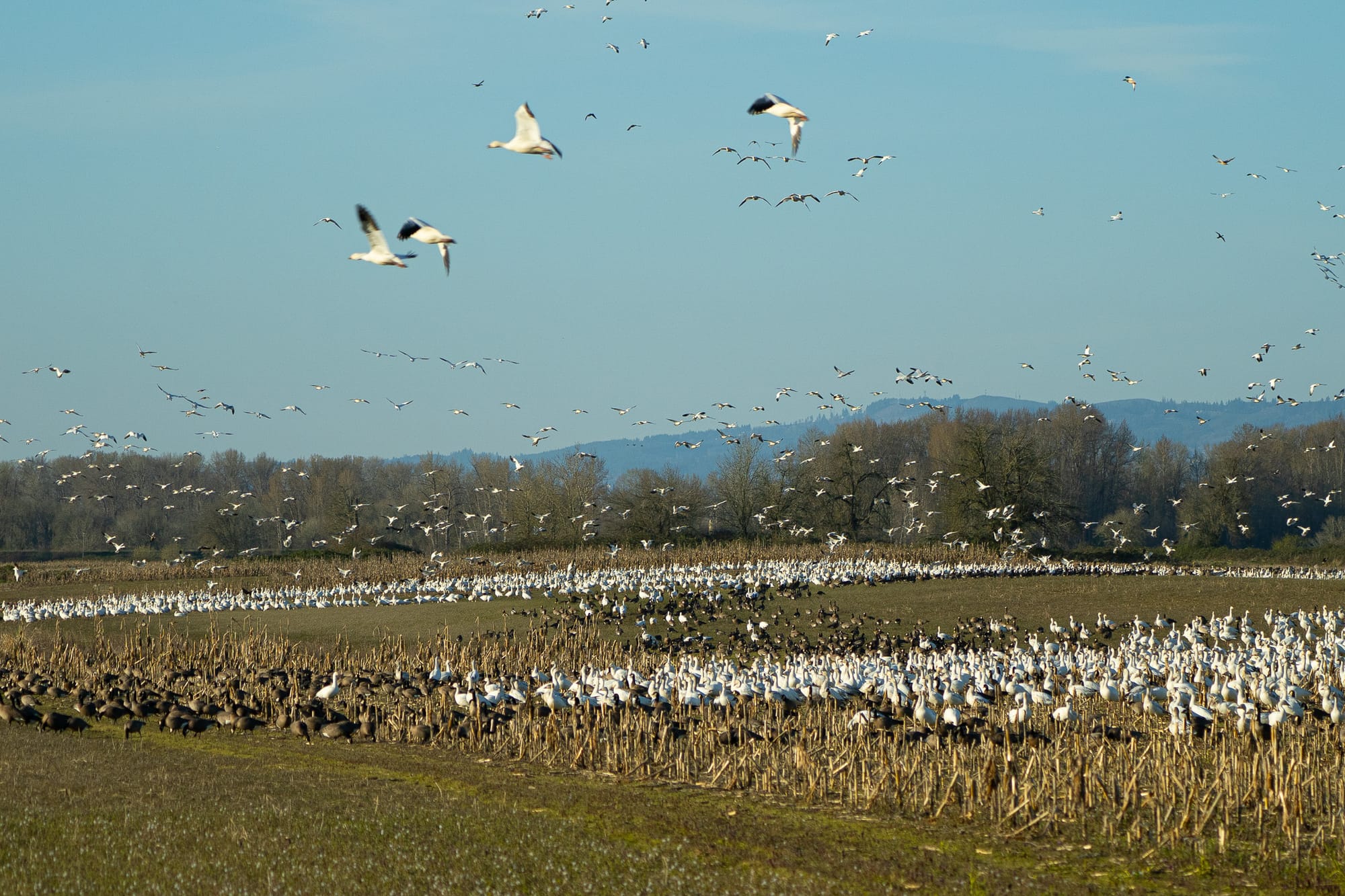The Windshield Phenomenon

Don't you hate it when insects get smooshed on your windshield while you're driving? It's annoying and it always seems like the biggest splat, the one that your windshield wipers either smear into a long streak or can't remove, is in the center of your view!
But these unfortunate splats also tell a sobering story, because there are far, far, far fewer insects getting smooshed on your windshield than there used to be. Not that long ago, you'd have to stop repeatedly to scrape insect carcasses off the glass in order to keep driving. Do you remember the last time that happened to you?!

Even in recent years there has been a dramatic decline in insect populations, and for better or worse, car windshields and license plates have become scientific tools (nicknamed "splatometers") for measuring these changes. Using these tools, one study in Denmark documented an 80% decline in insects over 20 years, while another study in England found a 50% decline over 15 years.

However, today's newsletter is not about insects being smooshed on your windshield, it's about generational and personal amnesia, the psychological and sociological phenomenon known as the shifting baseline syndrome.

Shifting baselines are what happens when we lose our ability to perceive that things have changed over time because we believe that what we see around us is "normal." Each generation, and each person, takes what they've seen in their lifetime as a benchmark or baseline, while failing to understand that things have changed (typically for the worse) over time.
Examples of this phenomenon are too numerous to list here but consider how previous generations grew up with flocks of birds darkening the skies compared to how happy we are to see a single flock today. Or consider the story of John Muir, who describes walking across California's Central Valley when every footstep crushed dozens of flowers, and how today it's almost impossible to find a single patch of native habitat with these same flowers.

Ultimately, shifting baselines represent blind spots in our awareness of the world around us, and they have become significant obstacles in our efforts to notice and address critical environmental issues.
For instance, huge logging projects are a big deal where I live, yet it's incredibly difficult to get people to care about this issue. People see trees and no longer know what it's like to experience a natural forest (compared to a managed forest), so logging doesn't feel like a big deal.

It's not likely that we'll ever see flocks of birds darkening the skies again, but becoming aware of our own biases and blind spots is one positive step towards learning how we can make a difference moving forward.

Member discussion